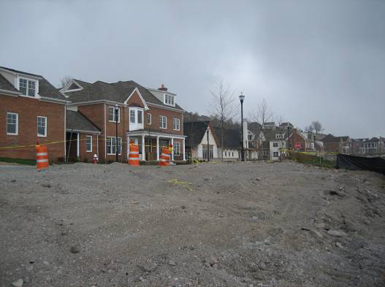General Information for Educators
The activities in this unit have been designed to help students in middle or high school develop an understanding of brownfields; causes of brownfields, why we should be concerned about brownfields, and efforts that have been established to remediate problems in brownfield sites. Photographs of common brownfields, such as abandoned gas stations, industrial plants and agricultural sites are included to help students understand that brownfields are not a problem that can be found everywhere.
Pennsylvania Academic Standards most closely aligned with the Brownfields Unit (10th grade)
3.2.10B Apply process knowledge and organize scientific and technological phenomena in varied ways.
3.2.10C Apply the elements of scientific inquiry to solve problems.
3.8.10A Analyze the relationship between societal demands and scientific and technological enterprises.
4.1.10E Identify and describe natural and human events on watersheds and wetlands.
4.3.10C Describe environmental health issues.
4.3.10B Explain how multiple variables determine the effects of pollution on environmental health, natural processes and human practices.
4.6.10C Analyze how ecosystems change over time.
4.8.10A Analyze how society’s needs relate to the sustainability of natural resources.
4.8.10C Analyze how human activities may cause changes in an ecosystem.
4.9.10A Explain why environmental laws and regulations are developed and enacted.
WRITTEN WORK – STUDENT COMPLETION AND PEER REVIEW
The student assignment pages have been designed to allow for peer review of student work. All student pages request that answers be presented in complete sentences. A general rubric for the written work has been included on the next page.
Students should work independently to complete the written assignments, and should be encouraged to reflect and make notes prior to writing final responses. Teachers may choose to use a peer review process in which students exchange papers and review them using the rubric that is provided. Using colored pencils, students can indicate statements that they feel are incorrect, make a note in the margin to provide the correct information and sign the page at the bottom. The teacher will check the pages to determine the final score for the assignment. By allowing students to review another student’s work, the teacher has an extra measure of their understanding of the concepts; that which they have written on their own paper, and the notes that they have written on the paper that they reviewed.

This Photograph shows development of new houses on a former slag dump in Pittsburgh.